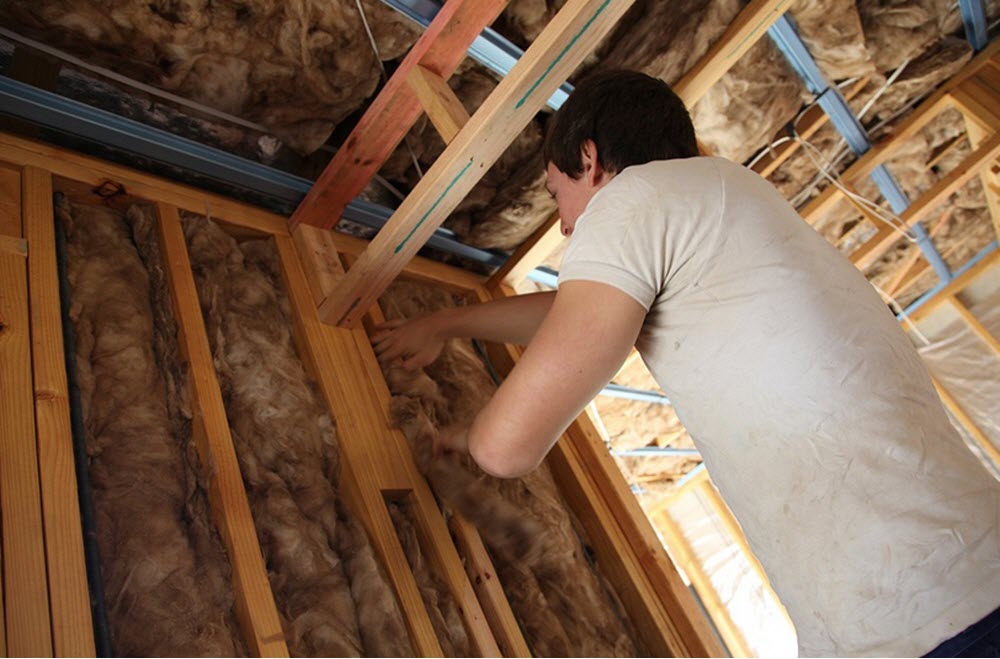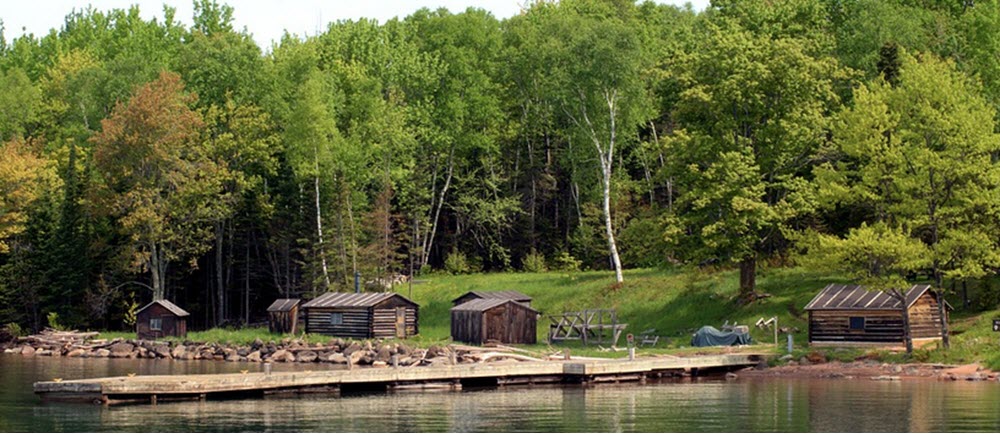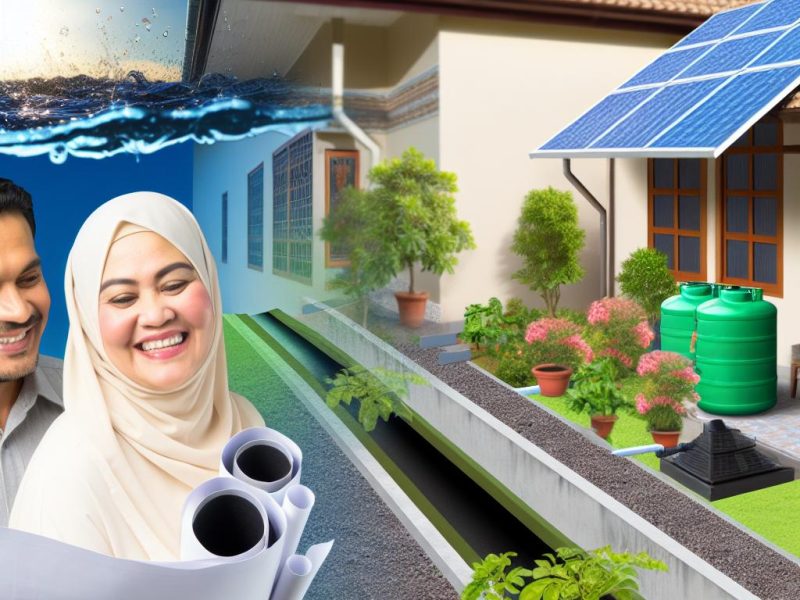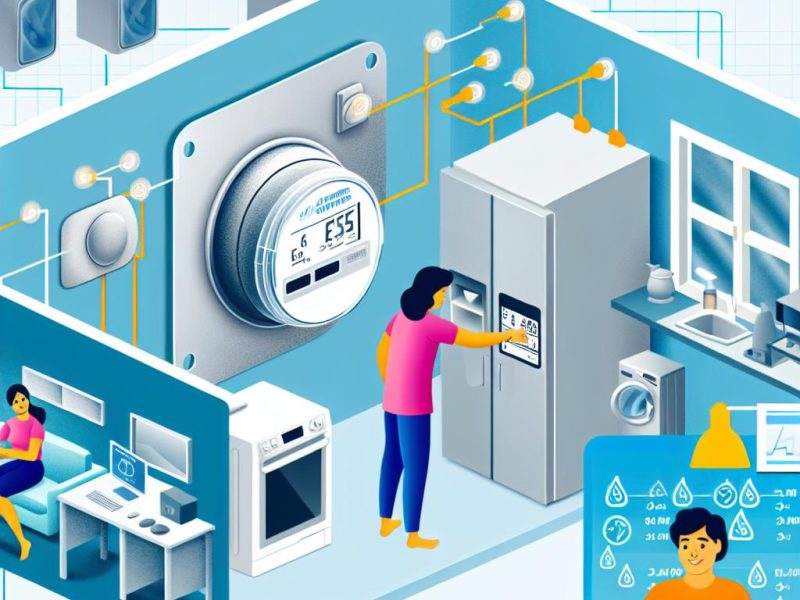Passive survivability refers to a buildings ability to remain liveable for humans even after it has lost its connection to the electrical grid, lost external heating sources, lost connection to the external water supply, and so on. The higher the survivability, the better the house will be for humans seeking shelter in it during a crisis, e.g. during and after a serious weather event.
The term passive survivability was coined by BuildingGreen President and EBN Executive editor Alex Wilson in 2005 after the wake of Hurricane Katrina.
Many of the concepts that are now being investigated in efforts to improve the passive survivability of contemporary buildings are old solutions that are found in traditional architecture around the globe, and the various energy-efficient environmentally-friendly modern green buildings that have been constructed since the 1970s are also known to feature plenty of concepts that make them rank high on the passive survivability scale.
Examples of dangers
Loss of external electricity
Most buildings that have electricity get this electricity from the electrical grid, which can easily be interrupted by weather events, wildfire, earthquakes, hacking, terrorism, etcetera.
During a power outage, we quickly realize how many functions in a modern building that will not work without electricity. This includes lights, electrical heating of spaces and water, electrical space cooling (AC), certain types of ventilation, elevators, electrical locks, electrical fridge/freezers to keep food safe for human consumption, electrical stove and microwave to prepare and sterilize food and water, etcetera.
Loss of external gas
In many buildings, gas is used for both space-heating, water-heating and cooking. If this gas comes from an external source, it makes the house vulnerable.
Loss of external water
Just like the supply system for electricity and gas, the municipal water system can be damaged by weather events, accidents and deliberate acts. The water can also be turned off, or reduced, due to extensive droughts.
Design strategies to increase passive survivability
Avoiding extreme cold or heat
During the cold season, power/gas outages or a lack of fuel access can result in dangerously cold indoor environments. During the warm season, indoor temperatures in a modern building constructed for air-conditioning can become very high if electricity is no longer available to run that AC.
Proper building insulation will help protect against both cold and heat, especially when combined with other smart solutions. (Tip! The air tightness of a house can be tested using a blower-door test.)

Tips for avoiding over-heating
- Internal and/or external window shutters to block the sun during the day. Make sure you still have suitable solutions for your ventilation needs, if windows can not be opened. Ventilating the house well during the night is a traditional method.
- When a new house is built in the northern hemisphere, windows should primarily be placed facing the south, while east and west should be avoided. The southern side of the house receives the most sun during winter, when the sun´s heat is desired. Windows on the eastern and western side are exposed to high solar radiation during the summer when the heat is undesirable.
- Light colours on walls and roofs will reflect sun better than dark colours.
Tips for avoiding the cold
- Internal and/or external window shutters should be on during the night, but can – if conditions are right – be opened during the day to let in sun heat.
- There are many passive solar system designs that can be integrated into a building to help it catch and store solar heat during the day, and distribute it during the night. Passive systems do not require fans, pumps, etc. The trombe wall is one example of a passive solar system for buildings.
- Trees, shrubbery, proper roof overhangs and covered porches are all important providers of shade for a building. Properly designed overhangs can block the sun during the warm season while allowing it during the cold season.
Natural ventilation
Many modern buildings, even residential single-family homes, have come to rely heavily on electrical systems for ventilation and therefore become rather horrible to be inside during a power outage.
Natural ventilation that do not require electricity can be achieved in various ways. Simply having windows and open them is usually not enough for proper natural ventilation that does more than simply provide new oxygen and vent out fumes. Ideally, the building should be designed to support the movement of air in desirable ways.
What is night flushing?
”Night flushing” denotes the old tradition of letting cool night-time air in to flush out hot air from the day. The cooled building will then be a heat sink during the day, if allowing warm daytime air in is prevented. Night flushing works best when there is a significant difference in temperature between day and night.
Ventilation to increase comfort during the day
In warm climates, ventilation can increase comfort during the day even if the ventilation does not lower the indoor temperature. As air moves over your skin, it will increase the skin´s evaporate cooling, which makes the heat more tolerable and reduces the risk over overheating. Remember to drink plenty of fluids, because evaporate cooling through sweating uses up a lot of water.
Utilizing daylight
Designing a building to take advantage of daylight can make it more habitable during power outage. While letting plenty of daylight in can have its disadvantages in warm conditions, it can help a lot with visibility when no electrical light is available. As always, there are trade-offs, and some solutions are better than others. Taking local conditions into account is imperative when designing a house that will take advantage of available daylight without being overcome by undesired heat.
How well are the rooms in your building lit when they are lit by daylight only? How does this change throughout the day, and throughout the year?
Safety is also an issue here. Is there at least one room your house where you can refrain from boarding up the window even during a riot scenario or similar?
Tips #1! Direct sunlight and sunlight reflected from the sky have different levels of radiation.
Tips #2! Look up traditional solutions such as clerestory, roof lantern and monitor.



